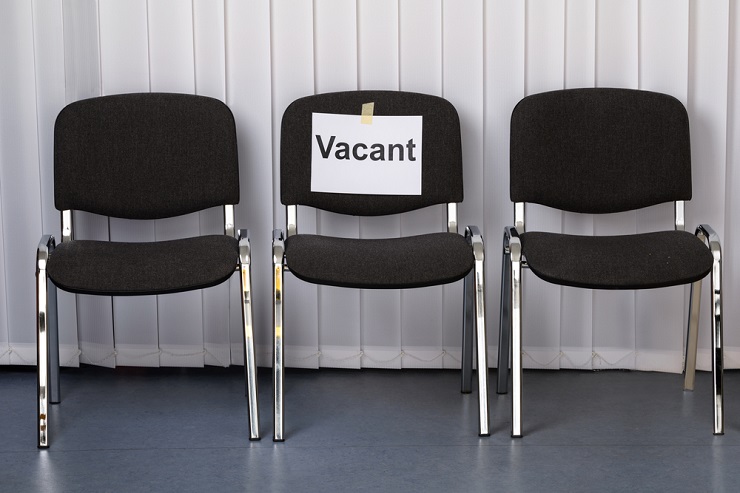What do today’s workers aspire to achieve in their careers? Climbing the corporate ladder and earning a spot on the executive team may have been the ideal path years ago, but the majority of the modern workforce would say no to the C-suite.
A new survey by Saba, a talent management solutions provider, and HR research and advisory service WorkplaceTrends.com found that only 11 percent of global employees want C-level positions. This is concerning for companies, whose current baby boomer executives are quickly approaching retirement age — and the effects of this “leadership gap” are already being felt. About one-third of human resource professionals surveyed said that their organization is struggling to find candidates for senior leadership roles, and nearly half said that leadership is the hardest skill to find in employees.
Emily He, chief marketing officer of Saba, said that there’s more at play here than the rapidly retiring boomer generation: Businesses that can’t find leaders may actually be taking the wrong approach to talent development, especially when it comes to the youngest generation of potential leaders. [10 Leadership Tips for Young Entrepreneurs]
“The way millennials look at leadership is different from how previous generations viewed the role,” He told Business News Daily. “Millennials look at what they are contributing to an organization, and how it helps the company, as a defining leadership characteristic. This is not compatible with how many companies view leadership, with a more hierarchical approach, and is therefore creating a gap between millennials and the current leadership.”
Dan Schawbel, founder of WorkplaceTrends.com, said that poor employee support and engagement are also contributing to the current workforce’s lack of excitement about executive roles. The survey found that employees, particularly millennials, want highly personalized career development programs enabled by technology, but many companies are still using generic, manual methods to track and evaluate performance and growth, Schawbel said.
If employers want to start closing the growing gap in their companies’ leadership ranks, it’s important that they take an active role in helping younger employees not only map out a clear career path, but also build the leadership skills they need to get there. Saba’s He advised employers to approach employee career development in two-year increments, as this is the average tenure for millennials.
“Sit down with both new and established employees to map out a two-year career plan to better understand what job skills every employee wants to polish, leadership included,” He said. “With this plan in place, employees will be more willing to contribute and grow, thereby turning them into leaders organically.”
Read more: A Spot in the C-Suite? Most Employees Say, ‘No Thanks’









Leave A Comment